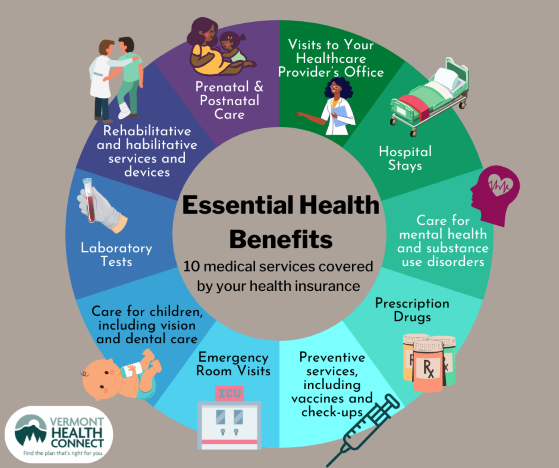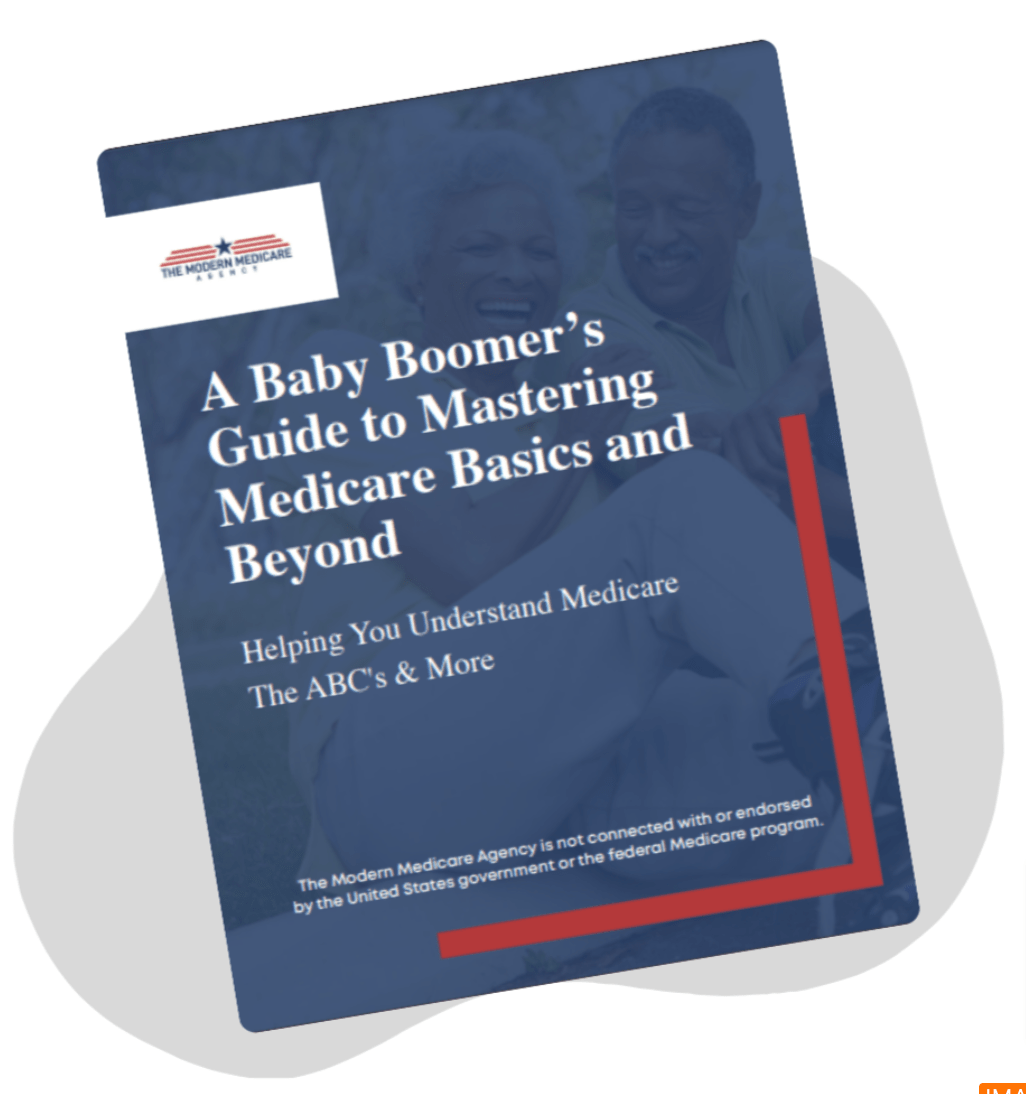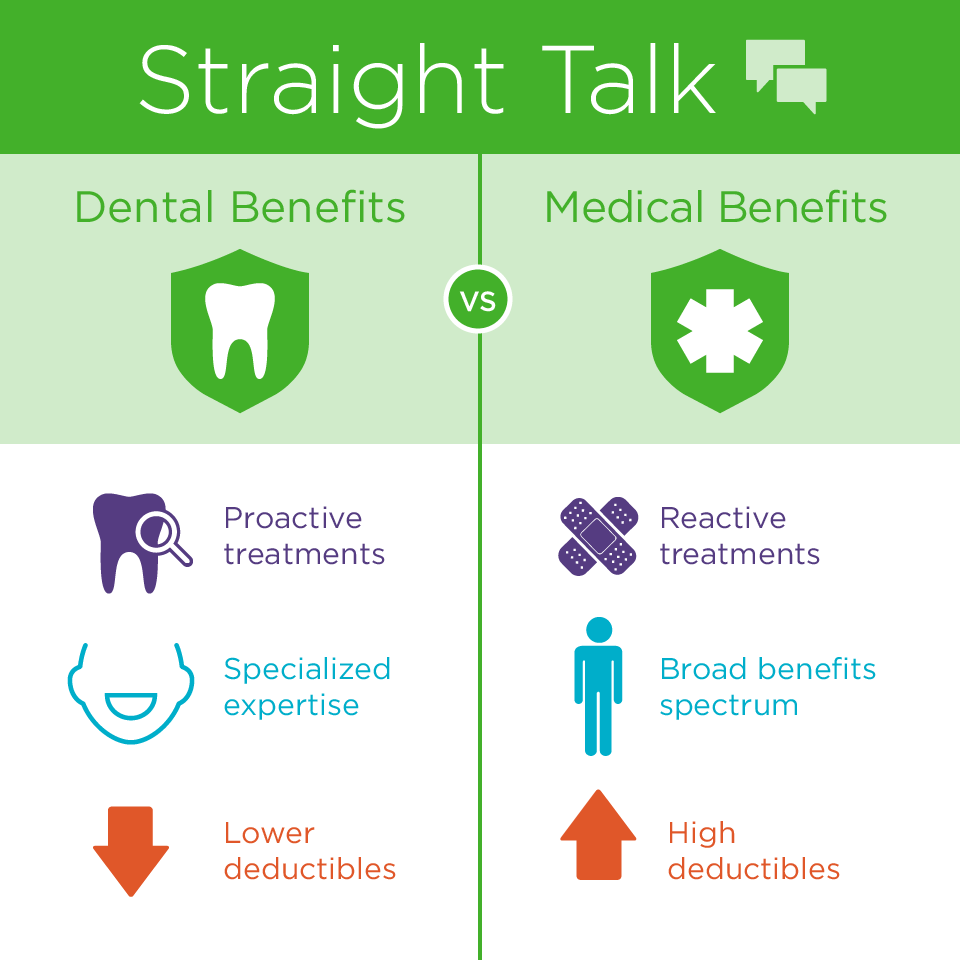The 6-Minute Rule for Medicare Advantage Agent
Table of ContentsExamine This Report on Medicare Advantage AgentAll about Medicare Advantage AgentMore About Medicare Advantage Agent


follows from complies with the puzzling young fairly profile of the uninsured with the better health, wellness average, of younger personsMore youthful For those without access to work environment health insurance coverage, poor health and wellness is a possible barrier to buying nongroup insurance coverage due to the fact that such coverage may be highly priced, omit preexisting conditions, or be just inaccessible. Unless otherwise kept in mind, nationwide price quotes of people without wellness insurance policy and proportions of the population with various kinds of insurance coverage are based on the CPS, the most commonly made use of resource of quotes of insurance protection and uninsurance rates.

Medicare Advantage Agent Fundamentals Explained
Over a three-year period starting early in 1993, 72 million people, 29 percent of the U.S. populace, were without protection for at the very least one month. Within a solitary year(1994), 53 million people experienced at the very least a month without insurance coverage(Bennefield, 1998a). 6 out of every ten without insurance adults are themselves employed. Working does boost the possibility that one and one's family participants will have insurance coverage, it is not a warranty. Also participants of households with two full time breadwinner have practically a one-in-ten opportunity of being without insurance (9.1 percent without insurance price)(Hoffman and Pohl, 2000 ). The connection in between health and wellness insurance coverage and access to care is well established, as documented later on in this phase. Although the relationship in between wellness insurance policy and wellness outcomes is neither direct nor simple, a comprehensive clinical and health solutions research literature links health insurance coverage
to better access to care, better high quality, and boosted individual and populace health status. The 2nd record, on individual health and wellness results for uninsured grownups, is represented by the innermost circle of the number, while the third record, on family members health, incorporates the topics of the second report however stresses a different device of analysis, namely, the family. The 6th report in the series will present details about techniques and campaigns taken on locally, statewide, or country wide to resolve the absence of insurance coverage and its unfavorable effects. Levels of evaluation for analyzing the results of uninsurance. This conversation of wellness insurance policy protection concentrates mainly on the united state populace under age 65 since essentially all Americans 65 and older have Medicare or other public coverage.
Moreover, it concentrates specifically on those with no medical insurance for any length of time. The troubles encountered by the underinsured are in some respects comparable to those dealt with by the without insurance, although they are generally much less extreme. Uninsurance and underinsurance, nonetheless, entail distinctly various policy problems, and the approaches for resolving them may differ. Throughout this research and the 5 records to adhere to, the main focus is on persons without any medical insurance and thus no support in spending for healthcare past what is available via charity and safety web organizations. Medical insurance is a powerful aspect impacting invoice of treatment since both clients and physicians respond to the out-of-pocket rate of solutions. Wellness insurance, however, is neither essential nor enough to get to medical solutions. However, the independent and direct result of health and wellness
insurance coverage on access to health and wellness solutions is well developed. Others will certainly acquire the healthcare they need even without health insurance, by spending for it expense or seeking it from suppliers that supply care totally free or at very subsidized rates. For still others, medical insurance alone does not guarantee invoice of treatment due to other nonfinancial barriers, such as a lack of healthcare providers in their community, limited accessibility to transport, illiteracy, or etymological and cultural distinctions. Formal research study about uninsured populaces in the United States browse around this web-site dates to the late 1920s click this and very early 1930s when the Committee on the Expense of Medical Care generated a series of records regarding financing doctor workplace sees and hospitalizations. This issue ended up being salient as the varieties of medically indigent climbed throughout the Great Depression. Empirical researches consistently sustain the web link in between access to care and improved wellness outcomes(Bindman et al., 1995; Starfield, 1995 ). Having a regular source of treatment can be taken into consideration a forecaster of accessibility, as opposed to a direct procedure of it, when wellness end results are themselves used as accessibility indicators. This expansion of the concept of gain access to measurement was made by the IOM Committee on Monitoring Access to Personal Health And Wellness Care Provider(Millman, 1993, p. Whether parents are guaranteed shows up to influence whether their children obtain treatment as well as just how much careeven if the children themselves have protection(Hanson, 1998). The health and wellness of parents can influence their capability to care for their children and the degree of family members anxiety. Stressing over their children's accessibility to care is itself a source of stress for moms and dads. 3 chapters adhere to in this record. Phase 2 gives an overview of exactly how employment-based medical insurance, public programs and specific insurance policy policies run and engage to offer extensive yet insufficient insurance coverage of the united state population. This includes a review of historic patterns and public plans affecting both public and exclusive insurance coverage, a conversation of the communications amongst the various sorts of insurance policy, and an assessment of why people relocate from one program to an additional or end up
